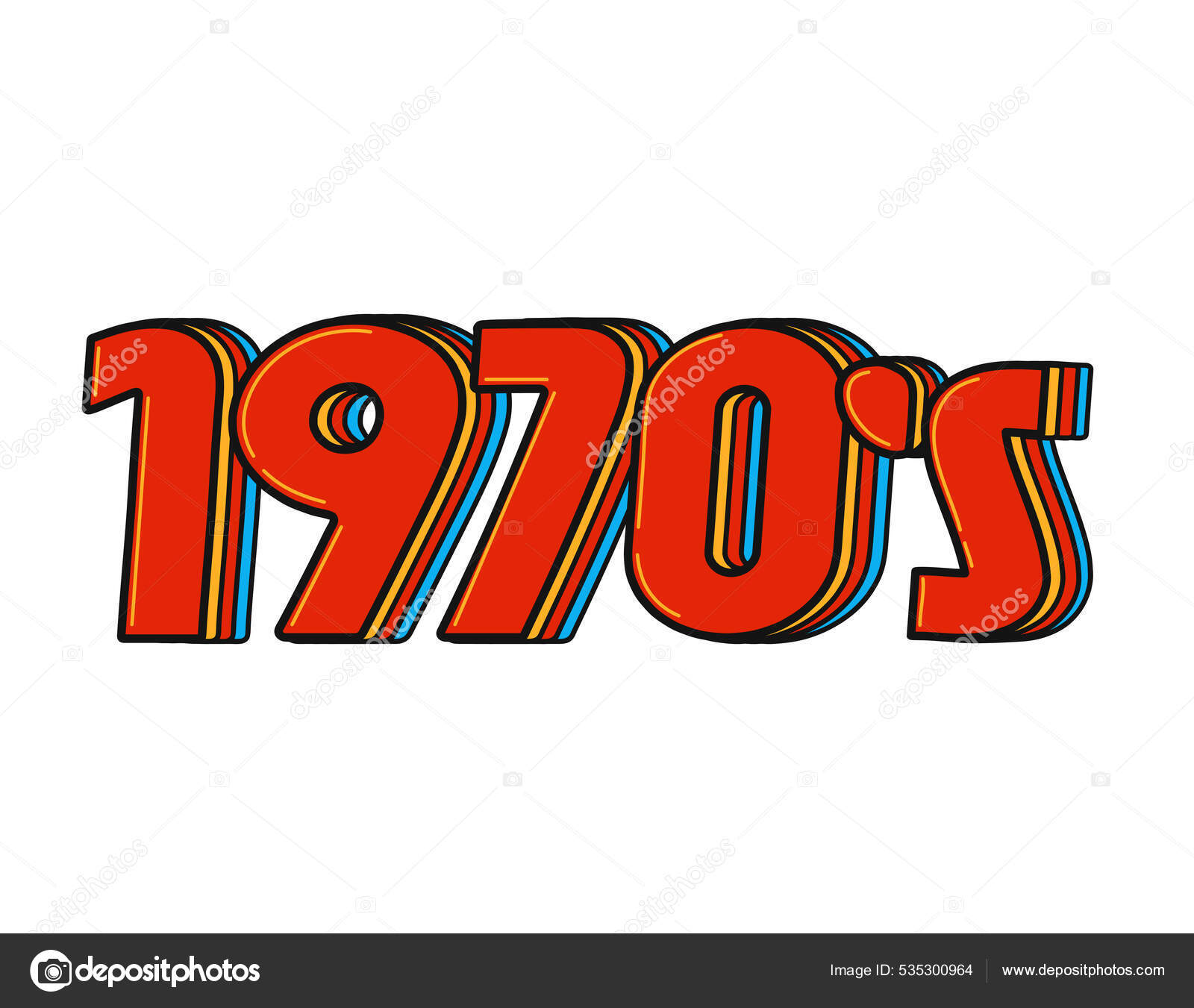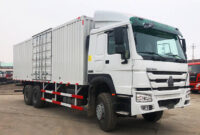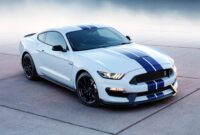1970 To 1979 Chevy Trucks For Sale: A Comprehensive Buyer’s Guide pickup.truckstrend.com
Step back in time to an era of rugged utility, iconic design, and American automotive ingenuity. The 1970s marked a pivotal decade for Chevrolet trucks, transitioning from the popular "Action Line" series to the legendary "Square Body" generation. These trucks, spanning the years 1970 to 1979, represent a sweet spot for collectors, enthusiasts, and anyone seeking a durable, stylish, and increasingly valuable classic vehicle. Far more than just workhorses, these Chevy trucks have evolved into cultural icons, cherished for their straightforward mechanics, timeless aesthetics, and immense potential for customization. Whether you’re a seasoned restorer or a first-time classic truck buyer, understanding the nuances of these magnificent machines is key to finding the perfect 1970s Chevy truck for sale.
The Enduring Legacy: From Action Line to Square Body
1970 To 1979 Chevy Trucks For Sale: A Comprehensive Buyer’s Guide
The 1970-1979 timeframe captures two distinct yet equally beloved generations of Chevrolet trucks.
The "Action Line" Era (1970-1972): The early part of this decade saw the continuation of the second-generation C/K series, often referred to as the "Action Line." Introduced in 1967, these trucks were characterized by their coil-spring independent front suspension (on 2WD models), making for a more car-like ride, and their handsome, sculpted body lines. Models like the C10, C20, and C30, along with their 4×4 K-series counterparts, were available in various configurations, including Fleetside (smooth side) and Stepside (fendered bed) pickups, as well as the ever-popular K5 Blazer and Suburban. These trucks are highly sought after today for their classic muscle-truck appeal.
The "Square Body" Revolution (1973-1979): The true game-changer arrived in 1973 with the introduction of the third-generation C/K series, universally known as the "Square Body." This design, which would run for an impressive 15 years, was a radical departure, emphasizing utility, improved visibility, and a more robust, chiseled aesthetic. Larger cabs, improved ventilation, and more refined interiors were hallmarks of this new generation. The "Square Body" quickly became the definitive American truck, offered in a bewildering array of configurations:
- C/K10: Half-ton models, perfect for daily driving or light hauling.
- C/K20: Three-quarter ton models, offering increased payload and towing capacity.
- C/K30: One-ton heavy-duty models, including dually options for serious work.
- K5 Blazer: The iconic full-size SUV, often with a removable top.
- Suburban: The original large SUV, capable of seating many passengers or hauling significant cargo.

Throughout this decade, trim levels evolved, starting with basic Custom and progressing to Cheyenne, Scottsdale, and the top-tier Silverado, each offering increasing levels of comfort and amenities. Engine options were plentiful, ranging from reliable inline-sixes (250, 292 cu in) to a variety of small-block V8s (307, 350, 400 cu in) and powerful big-block V8s (454 cu in), paired with manual or automatic transmissions.
Why Buy a 1970-1979 Chevy Truck Today?
The enduring popularity of these trucks isn’t just about nostalgia; it’s rooted in a combination of practical benefits and undeniable charm:
![]()
- Timeless Appeal: Both Action Line and Square Body designs possess a classic, rugged aesthetic that never goes out of style. They stand out in a sea of modern, aerodynamic vehicles.
- Built to Last: These trucks were engineered for durability. Their robust frames, simple mechanical systems, and relatively thick-gauge steel bodies mean they can withstand decades of use, provided they’re properly maintained.
- Parts Availability: Thanks to their massive production numbers and shared components across various GM vehicles, parts for 1970s Chevy trucks are remarkably easy to find and often affordable, whether new reproduction, used, or aftermarket performance parts.
- Customization Potential: These trucks are a blank canvas for customization. From mild restoration to wild restomods, lifted off-roaders, or slammed street machines, their simple architecture makes modifications straightforward and popular.
- Investment Value: Well-preserved or expertly restored examples of 1970s Chevy trucks, especially specific desirable configurations (e.g., K5 Blazers, short-bed C10s, C30 duallys), have seen significant appreciation in value over recent years.
- Utility and Fun: They can still be practical work vehicles, reliable daily drivers (with appropriate upgrades), or simply fun weekend cruisers that turn heads wherever they go.

What to Consider Before Buying: Practical Advice
Purchasing a vintage truck requires a careful eye and a realistic understanding of potential challenges.
Key Areas to Inspect:
- Rust: This is the primary enemy of these trucks. Common rust spots include:
- Cab Corners and Rocker Panels: The lowest parts of the cab are highly susceptible.
- Fender Wells and Inner Fenders: Especially where mud and debris collect.
- Bed Floors and Bed Sides: Look under bed liners for hidden rust.
- Door Bottoms: Check for bubbling paint or holes.
- Frame: While generally robust, inspect for significant rust, cracks, or previous repairs, especially near suspension mounting points.
- Mechanical Condition:
- Engine: Listen for knocks, excessive smoke (blue/white), or unusual noises. Check for fluid leaks. Ensure it starts easily and idles smoothly.
- Transmission: Test all gears, check for smooth shifts (automatic) or grinding (manual).
- Brakes: Check pedal feel, stopping power, and any pulling.
- Suspension and Steering: Look for worn bushings, ball joints, tie rods. Listen for clunks or excessive play in the steering.
- Drivetrain (4×4 models): Engage 4WD high and low to ensure proper function.
- Electrical System: Often neglected. Test all lights (headlights, tail lights, turn signals), wipers, horn, radio, and gauges. Look for frayed or aftermarket wiring.
- Interior: Dash pads are notorious for cracking. Check seat condition, door panels, headliner, and overall cleanliness.
- Documentation: Service records, original owner’s manuals, or even build sheets can add value and provide insight into the truck’s history.
- Title and VIN: Always verify the VIN on the title matches the truck’s VIN plates (typically on the door jamb and dash). Ensure the title is clear of liens.
Tips for Finding and Purchasing:
- Define Your Purpose: Are you looking for a show truck, a daily driver, a weekend warrior, or a project? This will significantly influence the condition and price range you target.
- Set a Realistic Budget: Beyond the purchase price, factor in potential costs for immediate repairs, deferred maintenance, registration, insurance, and any desired upgrades.
- Where to Look:
- Online Marketplaces: Facebook Marketplace, Craigslist (local), eBay Motors.
- Classic Car Websites: Hemmings, ClassicCars.com, Bring a Trailer (for higher-end examples).
- Specialized Forums and Groups: Dedicated Chevy truck forums are great for finding trucks and getting advice.
- Auctions: Can be good for finding unique vehicles, but require quick decision-making.
- Word-of-Mouth: Sometimes the best deals are found through local connections.
- Always Inspect (or Get it Inspected): If possible, always view the truck in person. Bring a knowledgeable friend or consider hiring a pre-purchase inspection service, especially for out-of-state purchases.
- Test Drive: A thorough test drive is crucial. Listen, feel, and observe everything. Pay attention to how the engine performs under load, how the transmission shifts, and how the brakes and steering feel.
- Negotiate: Don’t be afraid to negotiate the price, especially if you’ve identified issues during your inspection.
Estimated Price Guide: 1970-1979 Chevy Trucks For Sale
Prices for 1970-1979 Chevy trucks vary wildly based on year, model, trim, engine, drivetrain (2WD vs. 4WD), geographic location, and most importantly, condition. The table below provides a general estimated range for common models in different condition categories. These are not definitive prices but rather a guide to help set expectations. Show-quality, perfectly restored, or highly customized examples can easily exceed these ranges.
| Model/Year Range | Condition: Project (Needs extensive work) | Condition: Driver (Runs, drives, needs TLC) | Condition: Good (Solid, minor flaws) | Condition: Show Quality (Restored/Excellent) |
|---|---|---|---|---|
| 1970-1972 C10/K10 | $5,000 – $12,000 | $15,000 – $30,000 | $30,000 – $50,000+ | $60,000 – $100,000+ |
| 1970-1972 C20/K20/C30 | $4,000 – $10,000 | $12,000 – $25,000 | $25,000 – $40,000 | $50,000 – $80,000+ |
| 1970-1972 K5 Blazer | $8,000 – $18,000 | $20,000 – $40,000 | $40,000 – $65,000 | $70,000 – $120,000+ |
| 1970-1972 Suburban | $4,000 – $10,000 | $10,000 – $25,000 | $25,000 – $45,000 | $50,000 – $85,000+ |
| 1973-1979 C10/K10 | $3,000 – $10,000 | $10,000 – $25,000 | $25,000 – $45,000 | $50,000 – $90,000+ |
| 1973-1979 C20/K20/C30 | $2,500 – $8,000 | $8,000 – $20,000 | $20,000 – $35,000 | $40,000 – $70,000+ |
| 1973-1979 K5 Blazer | $6,000 – $15,000 | $15,000 – $35,000 | $35,000 – $60,000 | $65,000 – $110,000+ |
| 1973-1979 Suburban | $3,000 – $9,000 | $9,000 – $22,000 | $22,000 – $40,000 | $45,000 – $80,000+ |
Note: Prices are highly speculative and subject to market fluctuations, regional demand, specific options (e.g., big block engine, specific trim, factory AC), and the overall originality vs. modification level.
Frequently Asked Questions (FAQ)
Q: Are parts for 1970-1979 Chevy trucks hard to find?
A: No, quite the opposite! Due to their high production numbers and shared platforms, parts are readily available from numerous aftermarket suppliers, online retailers, and salvage yards. You can find everything from reproduction body panels to engine components and interior trim.
Q: Can a 1970s Chevy truck be a reliable daily driver?
A: Absolutely, with proper maintenance and potentially some modernization. While they were built tough, a truck from this era will benefit from updated ignition systems, better brakes, modern tires, and a thorough inspection of all mechanical components to ensure reliability for daily use.
Q: What’s the difference between a "C" series and a "K" series truck?
A: The "C" designation indicates a two-wheel-drive (2WD) truck, while "K" denotes a four-wheel-drive (4WD) model.
Q: What are the most common rust spots on these trucks?
A: Cab corners, rocker panels, lower fenders, bed floors, inner fenders, and around the windshield and rear window seals are the most common areas for rust to develop. Always check these spots thoroughly.
Q: What is a "restomod"?
A: A "restomod" is a classic vehicle that has been cosmetically restored to its original or near-original appearance but has been mechanically modernized with contemporary components (e.g., modern engine, transmission, suspension, brakes, air conditioning) for improved performance, reliability, and comfort.
Q: Are these trucks good investments?
A: For the most part, yes. Well-preserved, original, or expertly restored 1970-1979 Chevy trucks, especially desirable models like the C10 short-bed or K5 Blazer, have shown consistent appreciation in value over the past decade. Buying wisely (avoiding major rust buckets unless you’re prepared for extensive work) and maintaining them properly will help preserve or increase their value.
Conclusion
The 1970s Chevy truck market offers a fantastic opportunity to own a piece of American automotive history. Whether you’re drawn to the classic lines of the "Action Line" or the rugged utility of the "Square Body," these trucks provide a unique blend of nostalgia, practicality, and customization potential. By conducting thorough research, inspecting vehicles meticulously, and setting a realistic budget, you can navigate the market with confidence. Owning a 1970-1979 Chevy truck is more than just acquiring a vehicle; it’s an investment in a rewarding hobby, a connection to a bygone era, and a chance to truly make a classic your own. Happy hunting!



